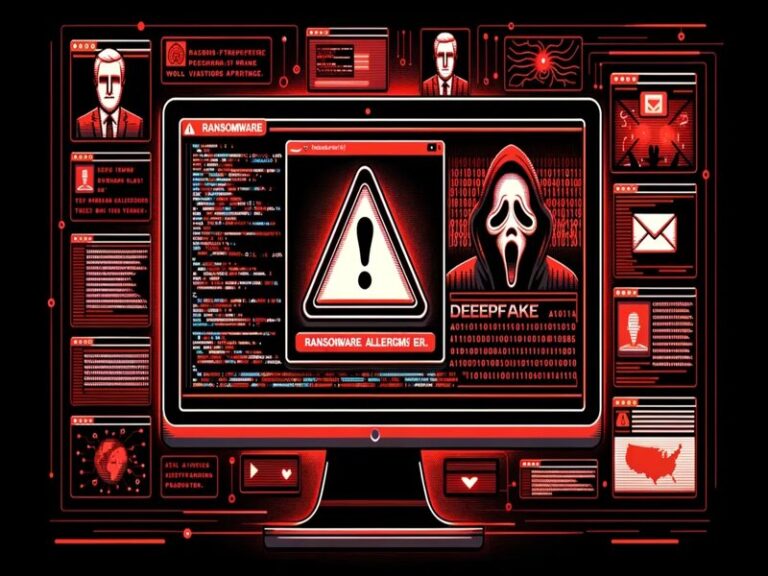The healthcare sector continues to face relentless cyber threats as two separate healthcare organizations in the United States have confirmed data breaches resulting from ransomware attacks—collectively impacting over 100,000 individuals.
In recent disclosures filed with the U.S. Department of Health and Human Services (HHS), both healthcare organizations reported ransomware incidents that compromised sensitive patient data. The attacks occurred between January and March 2025 and were carried out by unknown threat actors believed to be part of a larger, organized ransomware operation.
The affected organizations—whose names are withheld due to ongoing investigations—include:
- A multi-location medical clinic group operating across the Midwest
- A specialized care center based in the South
Both reported unauthorized access to protected health information (PHI) before the ransomware was deployed.
According to the breach notifications, the compromised data includes:
- Full names
- Dates of birth
- Medical record numbers
- Diagnosis and treatment details
- Insurance and billing information
There is no current evidence that the data has been published or sold on the dark web, but cybersecurity experts warn that delayed leaks are common tactics used by ransomware gangs to pressure victims into paying.
Each organization has engaged third-party cybersecurity firms and forensic investigators to contain the damage, assess the scope of the breach, and harden their infrastructure against further attacks. Affected individuals are being notified and offered complimentary identity protection services.
While the impacted facilities were able to restore critical operations using backups, the incident disrupted care delivery and administrative services for several days.
At Summit Systems ISSP, we view this as yet another urgent reminder of the escalating cyber risks in healthcare. With cybercriminals increasingly targeting high-value, high-pressure environments, ransomware defense is no longer optional—it’s essential.
“Ransomware operators know that healthcare providers cannot afford downtime. That’s why preparedness, rapid response, and resilience are key,”
Summit Systems ISSP recommends the following proactive steps to reduce the risk of ransomware attacks:
- Implement a Zero Trust Architecture – Verify every device, user, and application before granting access.
- Conduct Regular Security Audits – Identify and patch vulnerabilities quickly.
- Train Staff on Phishing Prevention – Over 90% of ransomware starts with a malicious email.
- Segment Networks and Backups – Isolate critical data and maintain offline backups.
- Establish an Incident Response Plan – Be ready to act immediately when a breach is detected.
Cybercriminals are evolving—and so must your defenses. These recent attacks are a clear signal that robust cybersecurity frameworks, like the NIST Cybersecurity Framework 2.0, must be fully integrated into healthcare IT operations.
Media Disclaimer: This report is based on internal and external research obtained through various means. The information provided is for reference purposes only, and users bear full responsibility for their reliance on it. Summitsystemsissp assumes no liability for the accuracy or consequences of using this information







